AKA: Why are they doing that? Help!
This post on the function of behavior was first published in April of 2016 and republished in 2019.
Listen to the podcast all about Function of Behavior
Function of Behavior
No matter what point in the school year you are in or how long you have been working with students, there are behaviors out there that will drive you insane, put you in danger, or even make you want to quit.
Don’t.
It’s easy to forget you have power in the situation. You can change behavior.

Function of Behavior: He’s Mimicking Sex and He’s SIX!
I will never forget a student I had my first year teaching. I started mid-year and the bad behaviors of my self-contained all-boy class of first through third graders had already been established. There were six of them. And each one had behaviors that needed addressing. But there was one… he was the one that almost sent me packing.
When he was challenged or told what to do and he didn’t want to, he would fall out on the floor and start mimicking what could only be explained as a bad porno. There was moaning, whining, writhing, and rolling. I, literally, froze the first time he ever did it. What on earth?!
It took me a lot of trial and error, total failures, and frustration to make it through that year. Now, looking back, I know I could have done a better job.
Function of Behavior: WTF?
We all fill out an FBA (functional behavior analysis) to complete BIPs (behavior intervention plans) for students who have behavior that needs to be… intervened. We go through that whole long document and, in the end, may not have any idea why a kid is doin’ what they do. We don’t know the real F… in other words, What’s The Function!
Explaining the need for, how-to, and nuances of an FBA is an entirely different post, but the people at the New Mexico Public Department of Technical Assistance have this explanation complete with blank forms you can use to collect data on behavior. Check it out by CLICKING HERE.
WTF? It’s SEAT!
What you do need to know is that every behavior has a motivation – every behavior is for a reason. WTF? It’s:
- To get something.
- To avoid something.
That’s it. It’s that simple.
IF you want to take that to the next level, think about SEAT as the function of behaviors:
- S: Sensory
- E: Escape
- A: Attention
- T: Tangible
So think about it like this: Behaviors are to GET or AVOID sensory, escape, attention, or tangible reinforcement. Be sure to listen to the podcast to learn more about the function of behavior.
TIP #1: Stop making the negative consequence more negative… try making the positive consequence more positive.
When I think of my squirming sexed six-year-old, I told him A LOT about the bad things that were going to happen if he didn’t stop… (I’d call home, take him to the office, or press the button). What I hardly ever did was tell him WAY BEFORE the behavior ever occurred what positive things were going to happen if he had good behavior, like doing his work. I was always reactionary and rarely proactive.
I spent too much time playing defense and not enough playing offense. Do you do the same? Instead, try setting the student up for success. At the start of an activity, remind the student what they are working for. In fact, you can get a FREE Token Economy Chart to help your students remember what they are working for, Click Here and download the PREVIEW for your FREE Copy!
In the meantime, you should focus on the positives of good and not the negatives of bad behavior.
Tip #2: Set Up Situation for Success!
We can’t all work in ideal environments, if we could I’d be telecommuting from a white sandy beach. You can, however, consider what a student really needs and help them avoid trigger situations or environments. I had a student who hated noise… and so he hated group work. He never wanted our class to work in groups because it automatically upped the noise level. I had to think about that when I planned lessons… how can I make sure he is successful.
Now, did I plan group lessons? You bet I did, but I prepared him ahead of time, gave him a coping tool to use when he got too frustrated, and allowed him to work apart from others on certain projects. I set him up to succeed.
Tip #3: Still Address the Behavior!
Did I let my introverted friend sit in the corner all day away from everyone, ban all noise in the classroom, and stop all group work in an attempt to make my classroom ideal for him. Not a chance. I needed all those things so he and I could work on his coping strategies to make all those situations less overwhelming and give him the tools to make better choices (other than throwing tables and desks at people). You can work on improving social skills, which includes not throwing stuff (check out this post on how), but you have to do it right.
When you are thinking about your replacement behavior, remember that it isn’t ‘stop throwing tables’… the good behavior (instead of the negative behavior) is the replacement behavior that you want to see. Make sure the replacement gives the student what they want or does a great job of getting them out of what they want to avoid. That is why a really good FBA is so important.
Tip #4: Practice the Replacement Behavior – And practice the behavior when the child is calm!
It’s hard to learn how to swim when you’re drowning. It’s really hard to take a kid who is holding a table over their head and ask them to count backwards or write in a journal. There needs to be some modeling and instruction PRIOR to the behavior of what the replacement looks and feels like.
And don’t forget the replacement has to be accessible. I was in a classroom and a child’s replacement behavior was music. The teacher was using her own phone to provide the tunes, but she was out that day. The sub didn’t have the same music on her phone, so she turned on her radio app. What ensued was nothing less than epic. So, remember to make the pieces of your plan accessible.
If you are interested in more information related to function of behavior, check out this FBA and Positive Interventions Guide for Parents from WrightsLaw.com. I like the examples of behavior intervention strategies starting on page 6.
Tip #5: Keep Great Data!
This is so important – how will you know what works, when your have triggers, and how a student is really coping if all you have are anecdotal observations? Keep good data to show growth, areas of concern, and pinpoint when and how to address behavior. Take special notice of the A-B-C’s: the Antecedent (what happens right before the behavior), the Behavior, and the Consequence (what happens right after the behavior).
Function of Behavior: Recap.
So… Did this help? Maybe if we recap.
Lovely Student is doing a terrible behavior – what do I do?
- Explain the ‘Get’ if they do right, not the consequence if they do wrong.
- Set up the environment for success.
- Have a plan for replacement behavior.
- Practice the replacement behaviors.
- Keep good data on the A-B-C.
It is hard to deal with behaviors, especially if you are getting hurt every day. Reassess where you are in this 5-tip process, read the referenced guides if you need more help, and don’t give up. You can do this.
Be Sure to Check Out Noodle Nook Bestsellers

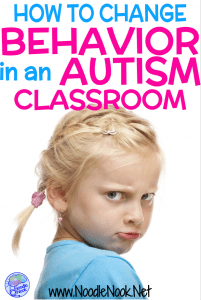
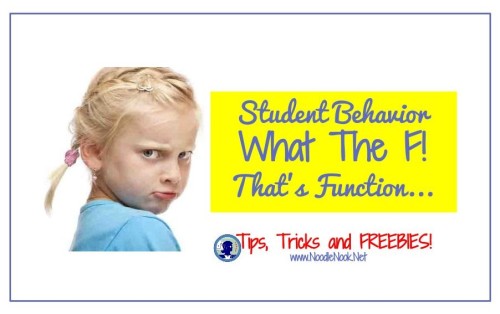
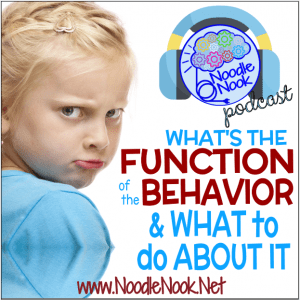
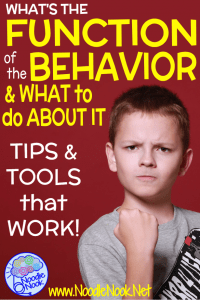
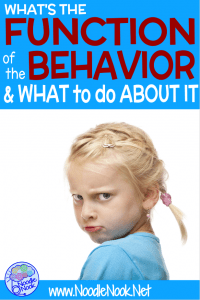
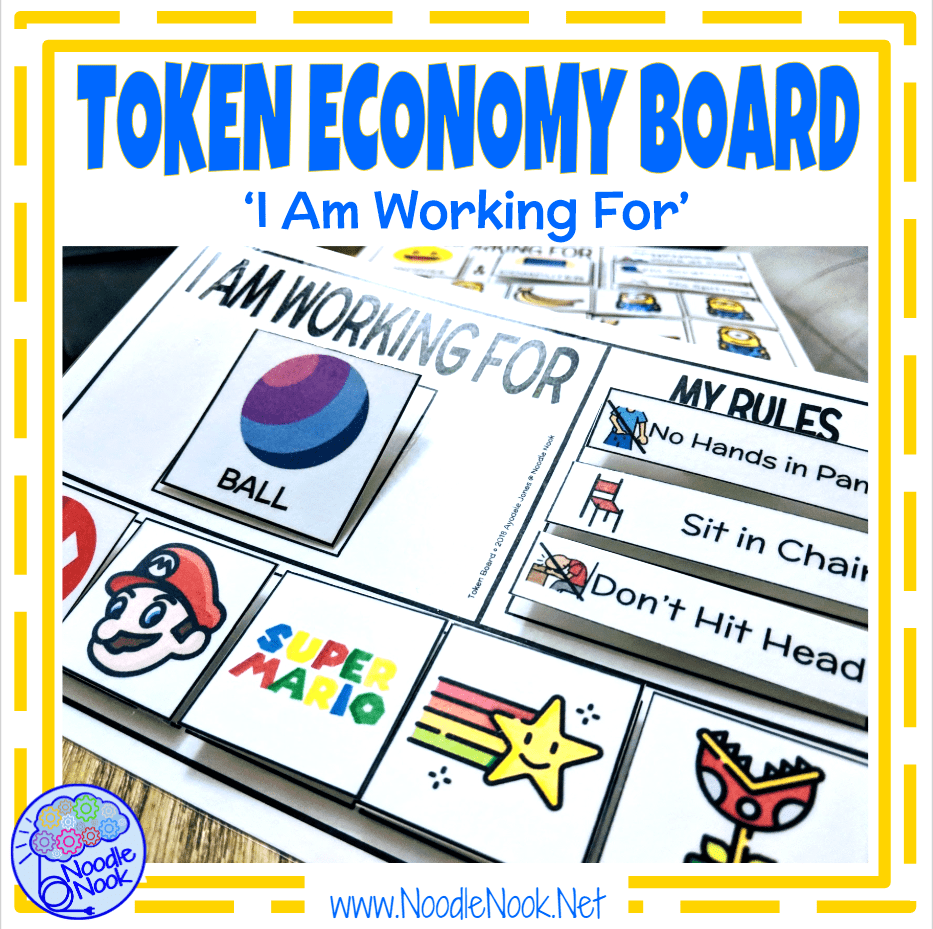
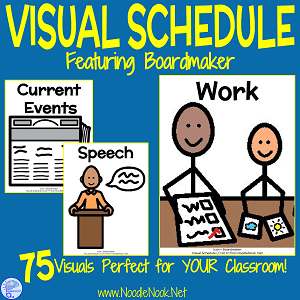



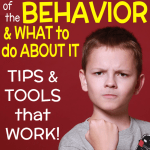
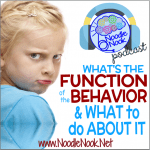
This is fantastic. Can’t wait to read more of your articles.
This is awesome!! Such a practical, easy to understand guide + resources to supplement!! I LOVE the example “it’s hard to learn to swim when you’re drowning.” So often, staff want to redirect or “explain” things while the student is escalated. Now I have a real-world explanation as to WHY this isn’t effective.
Ashlie
http://Www.teachtraveltransform.blog
Comments are closed.